


This site uses cookies to collect information about your browsing activities in order to provide you with more relevant content and promotional materials, and help us understand your interests and enhance the site. By continuing to browse this site you agree to the use of cookies. Visit our cookie policy to learn more.





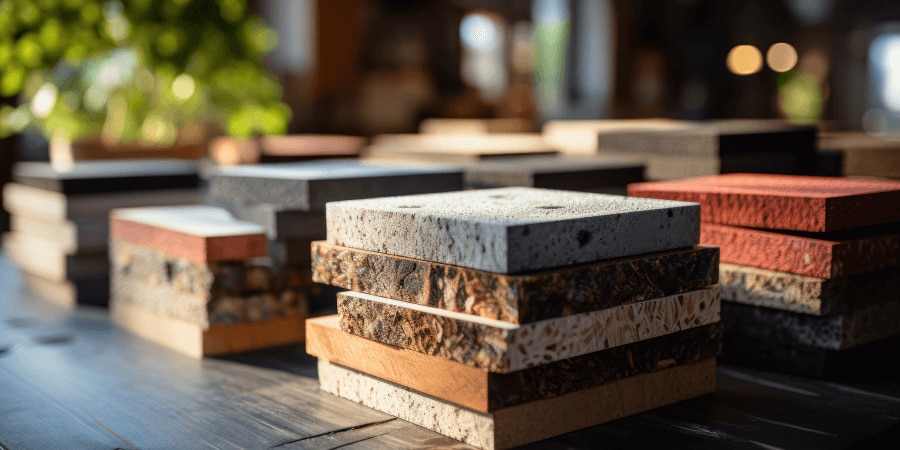
Cradle-to-cradle construction recycles or upcycles materials and re-inserts them into the supply chain instead of disposing of them.
Benefits:
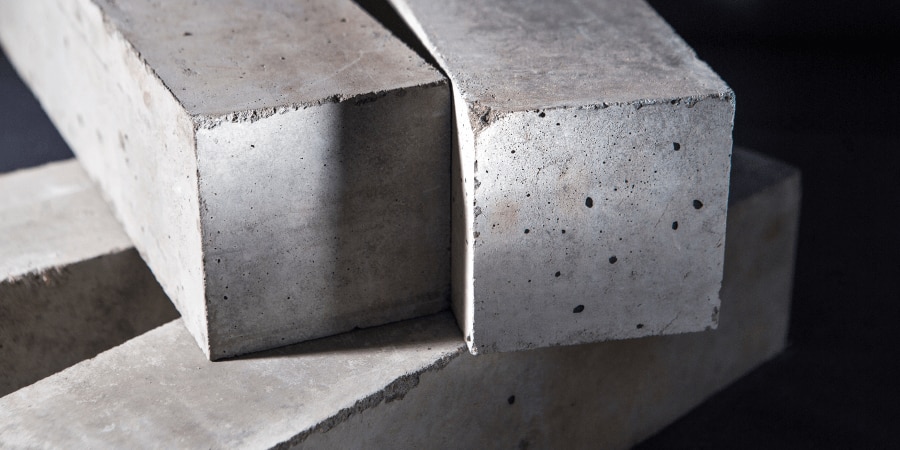
Graphene-enhanced concrete is a lightweight material made with carbon atoms that are extracted from graphite. It’s 25% stronger than standard concrete and less water permeable.
Benefits:

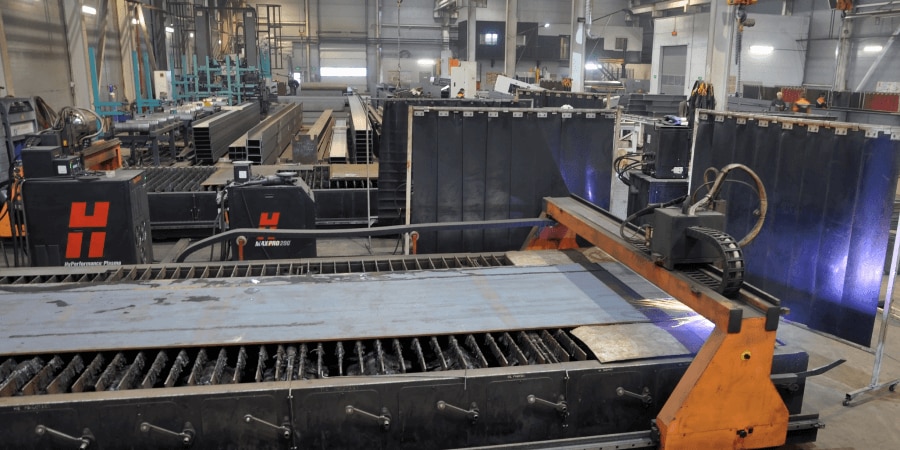
Green steel is produced with hydrogen, scrap materials, and electric arc furnaces.
Benefits:

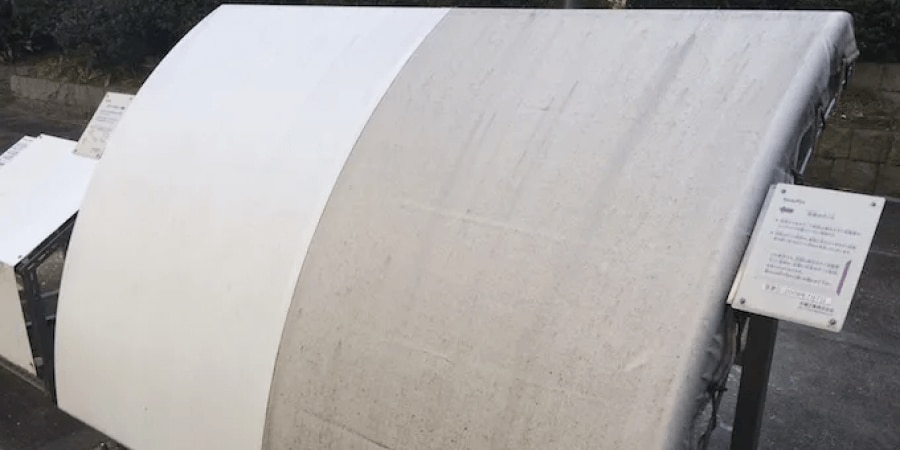
Photocatalysts are added to concrete mixtures to reflect heat from the sun, which improves air quality and helps structures stay cooler. The compressive strength of self-cleaning concrete is 2x stronger than traditional concrete.
Benefits:

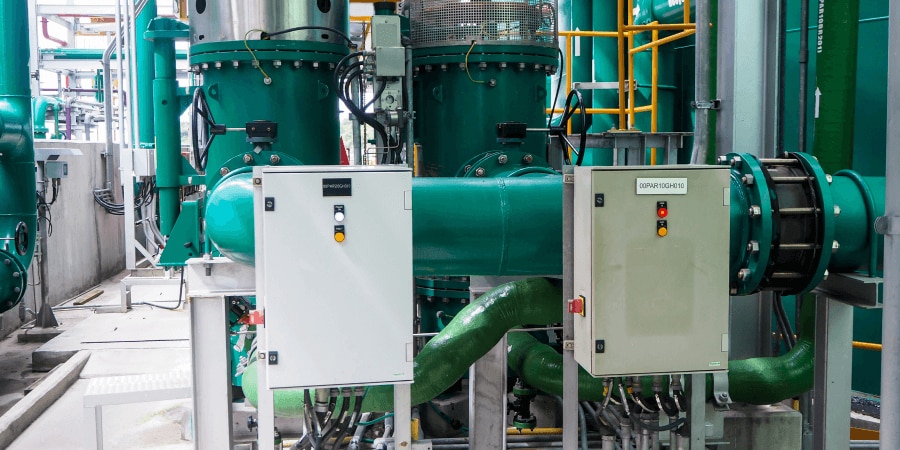
Heat that’s produced during cogeneration is used to chill water for air conditioning or refrigeration.
Benefits:

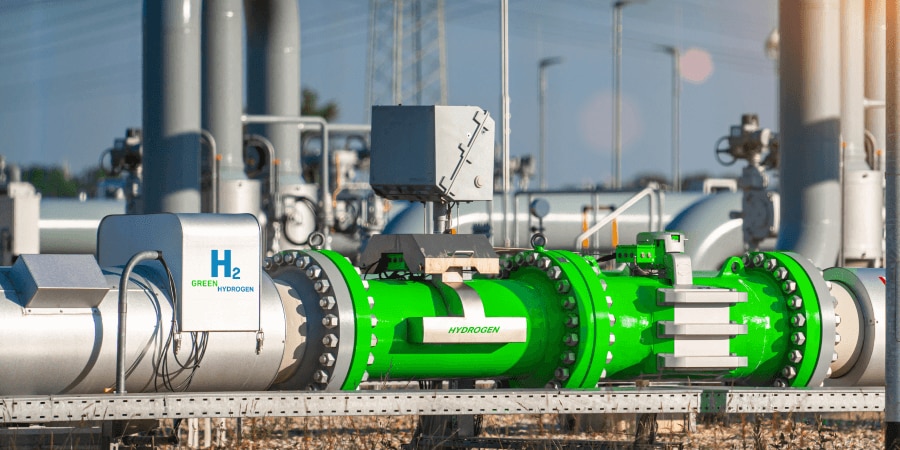
Energy is generated through the electrolysis of water. Green hydrogen has diverse applications, including energy storage, emergency generation, and transportation.
Benefits:


Use artificial intelligence (AI) and Internet of Things (IoT) devices to optimize building operations and dynamically manage energy consumption.
Benefits:

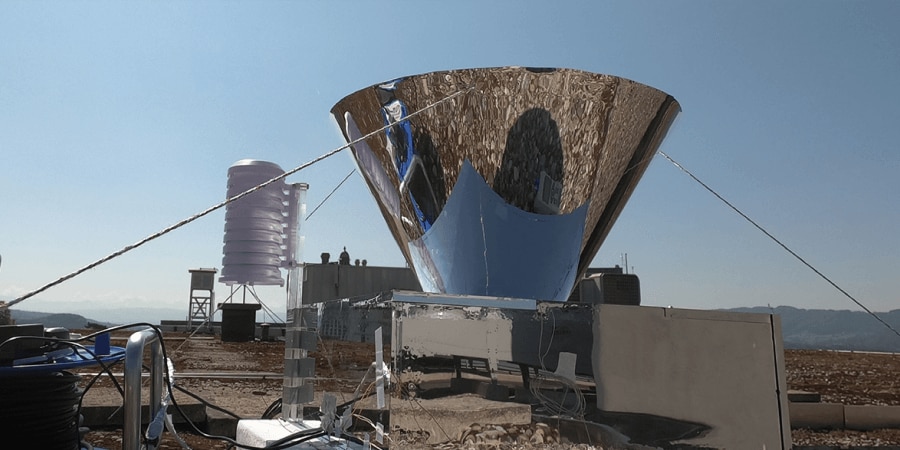
Dehumidifier units can extract moisture from air, remove particles and impurities, and convert it into usable water.
Benefits:

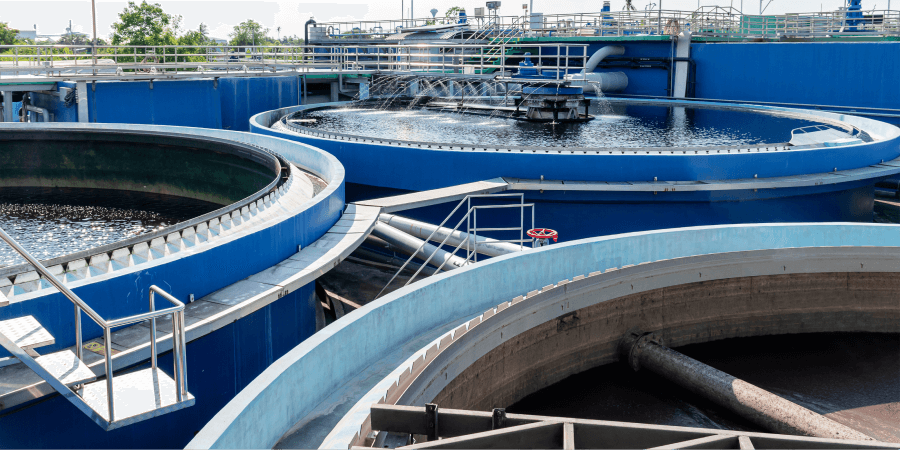
Treat wastewater at the source as a nature-based solution.
Benefits:

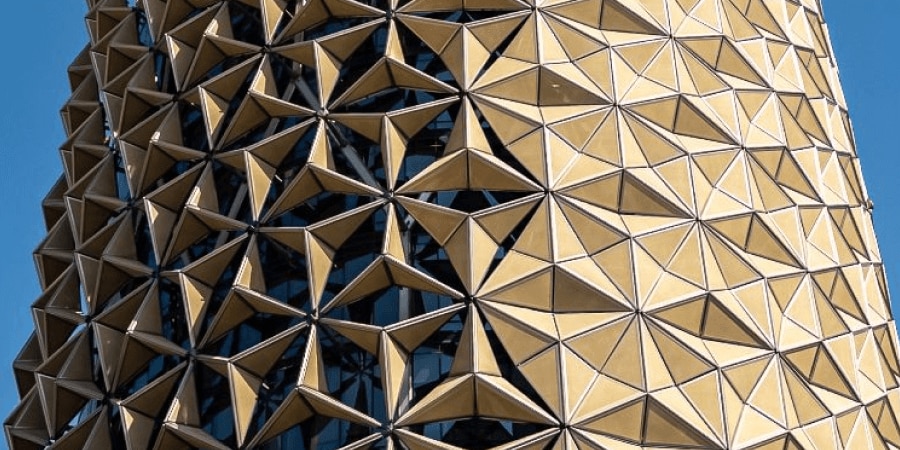
Dynamic façades open and close in response to changes in sunlight.
Benefits:

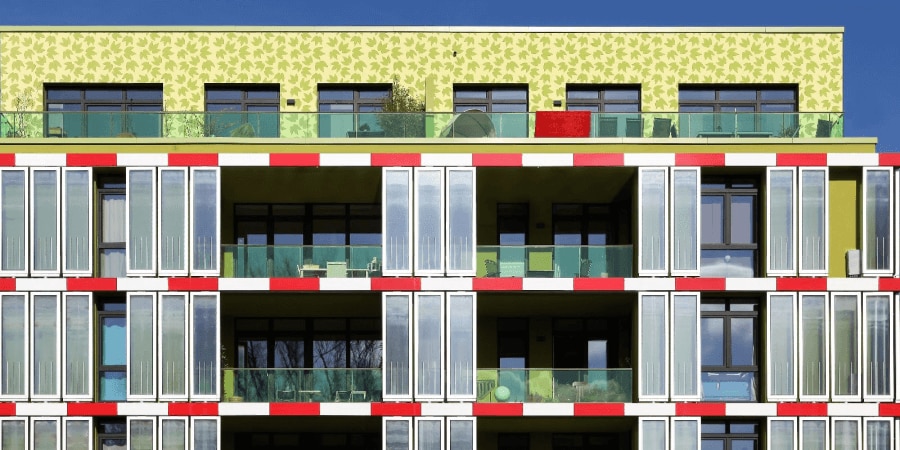
Photosynthetic microorganisms and microalgae can be integrated into façades to convert sunlight into usable electricity.
Benefits:


Electronic smart glass changes its reflective properties to prevent sunlight and heat from entering a building. The opacity of glass also changes to provide privacy and thermal comfort.
Benefits:

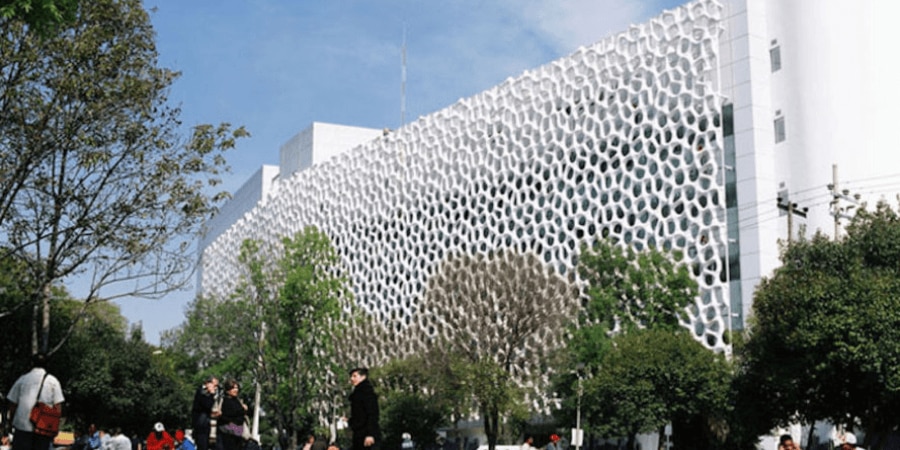
Greenery and purifying systems are integrated into building materials to reduce air pollutants around a building.
Benefits:


When people are around vegetation such as trees, they experience healthier immune systems and less stress. Benefits to the environment and human health outweigh the landscaping and watering costs.
Benefits:
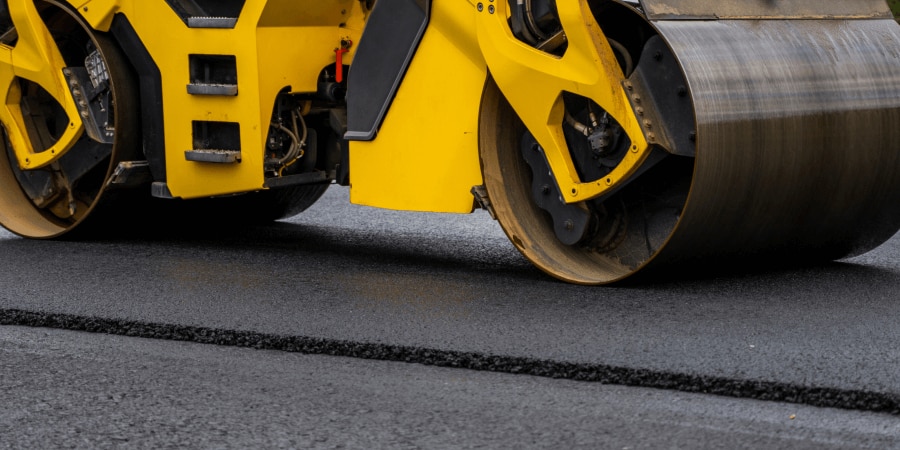
Warm mix asphalt (WMA) is produced at temperatures that are 20°–40°C cooler than hot mix asphalt (HMA).
Benefits:

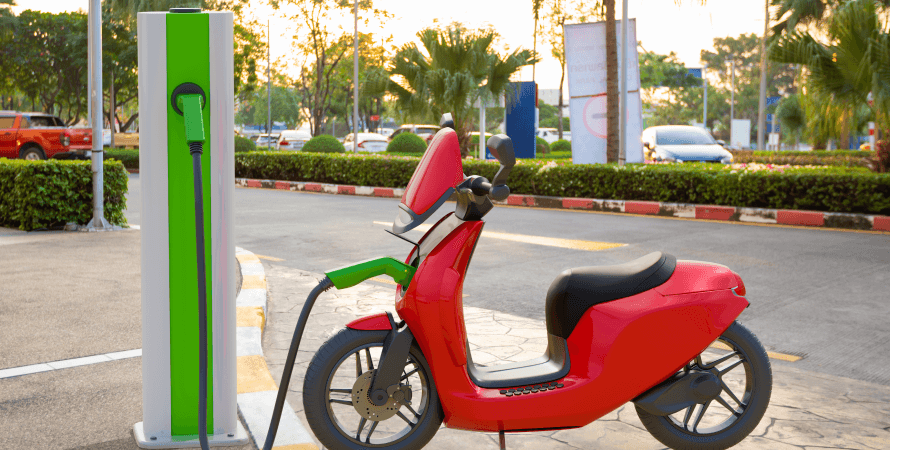
Charging ports for electric vehicles can be powered entirely by renewable energy sources. Electric vehicle-to-grid connections are easy to install and fast to deploy.
Benefits:






© 2019 - 2025 PwC. All rights reserved. PwC refers to the PwC network and/or one or more of its member firms, each of which is a separate legal entity. Please see www.pwc.com/structure for further details.

Menu